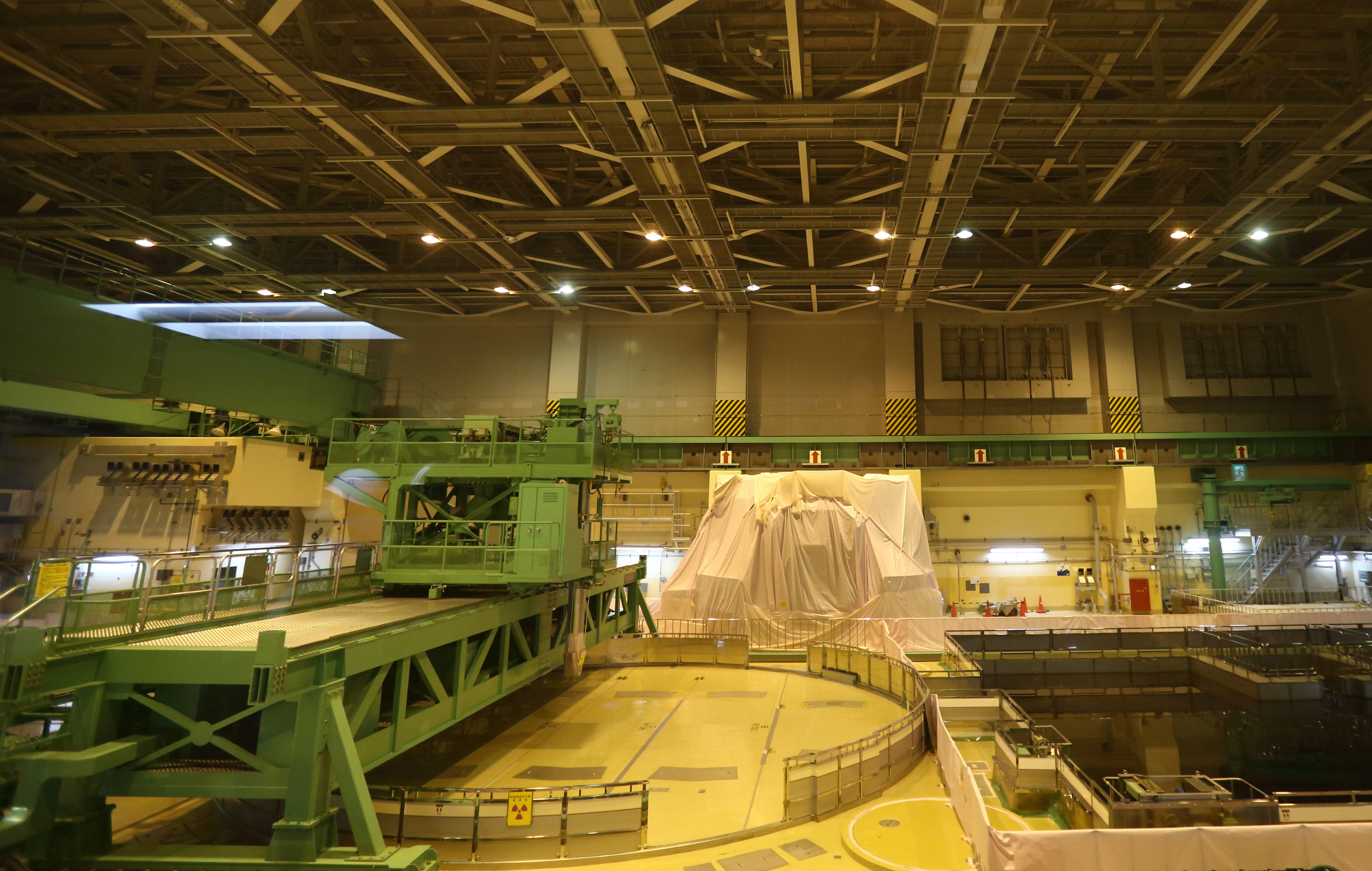
After more than a decade of inactivity, Japan’s biggest nuclear power plant is ready to restart — but it faces an indefinite wait.
The Kashiwazaki Kariwa plant on the country’s western coast essentially has all but one of the necessary approvals to start producing power. Regulators and international nuclear officials are a go, but without a green light from the local governor, the Tokyo Electric Power Co-owned plant is stuck in limbo.
The uncertainty over the future of KK, as the site is known, reflects Japan’s complicated relationship with nuclear power.
The country shuttered its entire fleet of reactors after the 2011 earthquake and tsunami that triggered a meltdown at Tepco’s Fukushima facility. While polls show that more than half the population now support the idea of restarting inactive reactors, compared with about a quarter in 2015, Tepco has some way to go in winning back trust.
ALSO READ: Protests against release of toxic water continue
Japan has restarted 14 reactors in the last decade to meet growing demand for power in the world’s fourth-biggest economy, but not one is run by Tepco. Reviving KK will go a long way toward restoring the company’s reputation.
“The most urgent goal is to restart Kashiwazaki Kariwa,” said Tatsuro Kobayashi, general manager for Tepco’s nuclear safety management department. “The most difficult part is to get agreement from the Niigata governor.”
While other prefectures have approved nuclear plants shortly after they were cleared by regulators, Niigata Governor Hideyo Hanazumi hasn’t said when or how he will make a decision. It’s possible the prefectural assembly will vote on the issue, and local residents have submitted petitions seeking a referendum.

“The issue is that we don’t know,” Tatsuya Matoba, a deputy manager at Tepco’s global communications group, said this week. “What we have to do now is explain to the local people about the status of the plant and what we have done.”
Hanazumi’s office didn’t respond to an email inquiry on Thursday.
ALSO READ: Japan starts 9th ocean discharge of Fukushima nuclear-tainted wastewater despite opposition
Tepco is moving forward on the assumption the final approval will come. The company loaded fuel into Unit 7 last year and the reactor has been ready to go since June, Kobayashi said on Wednesday at the Asia Pacific Nuclear Energy 2025 conference in Tokyo. Workers are set to load Unit 6 in a few months.
If approved, KK could start producing power within the following month. The timing couldn’t be better as Japan’s demand for electricity is forecast to climb. Heat waves last summer prompted Tepco to warn Tokyo residents that power supplies would be tight. Meanwhile, technology companies are planning data centers and semiconductor factories that will suck up even more juice from the nation’s grid.
The government this week finalized a new energy plan that calls for maximizing the use of nuclear power. That’s a sharp reversal from the prior strategy, which had sought to minimize the country’s reliance on nuclear power and focus on renewables.
Nuclear is expected to supply about 20 percent of the country’s power by fiscal year 2040, up from 8.5 percent in fiscal 2023, according to the Ministry of Economy, Trade and Industry’s updated energy strategy. That’s still below Japan’s original goal before the Fukushima disaster of boosting atomic power to 50 percent of the energy mix by 2030.
ALSO READ: Japan targets 40-50% power supply from renewable energy by 2040
The KK site would be a big contributor to that mix. The plant has seven reactors with a total capacity of 8.2 gigawatts, enough to power more than 13 million households, and is certified by the Guinness Book of Records as the world’s biggest. For now, Tepco is focused on Units 6 and 7, each with 1.35 gigawatts of capacity. The other five units are an older model and some may be decommissioned, according to company officials.
Not everyone is convinced that restarting the plant is a good idea. Local residents still have questions about safety issues, including earthquake-readiness and evacuation routes. If there were a referendum, Niigata voters would likely reject a restart, said Kanna Mitsuta, executive director at the environmental group, Friends of the Earth Japan.
Tepco executives including President Tomoaki Kobayakawa this week hosted a delegation from the International Atomic Energy Agency to promote their efforts to boost safety protocols. IAEA Director General Rafael Grossi, in his first visit to the sprawling facility, declared himself satisfied that the company was ready once again to operate a nuclear power plant. It’s a key endorsement for a firm that still faces significant opposition from the public.
READ MORE: Onagawa nuclear reactor in northeastern Japan resumes power output after 13 years
“The restart of this facility will not just be very symbolic,” Grossi said on a snowy day at the remote site near the Sea of Japan. “At the same time it will have a very real impact on the energy landscape.”


